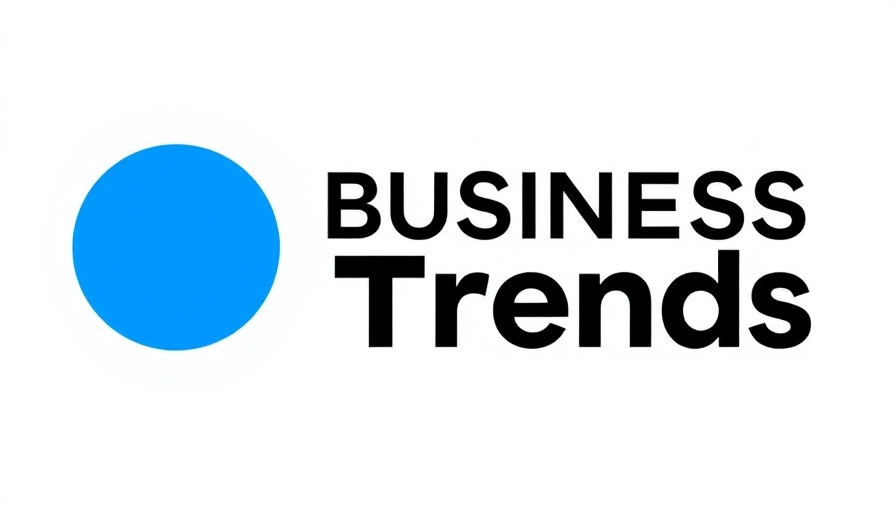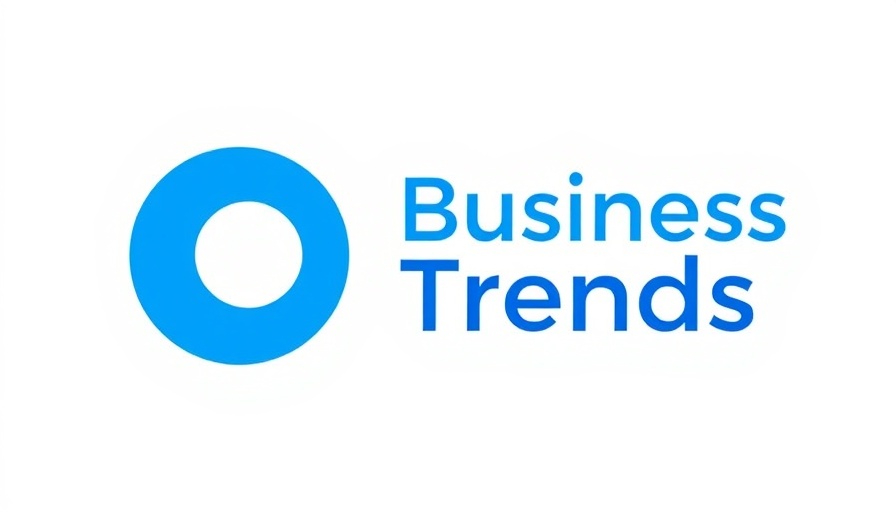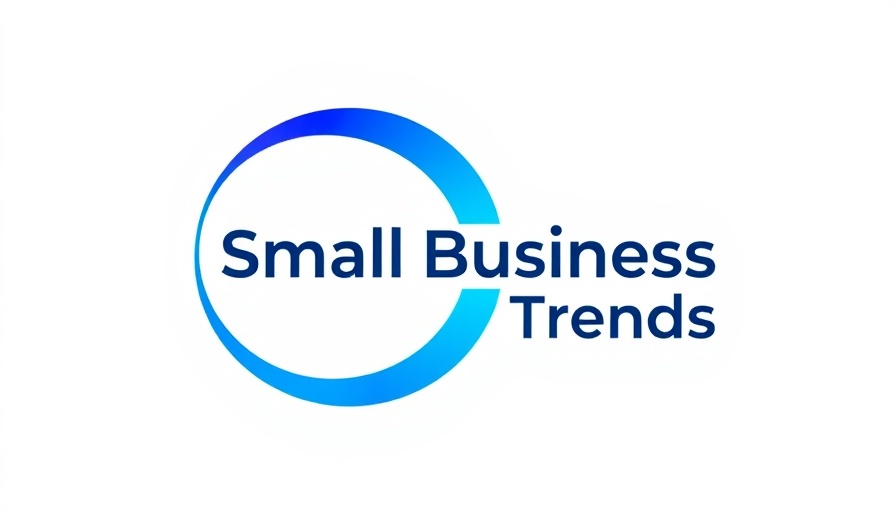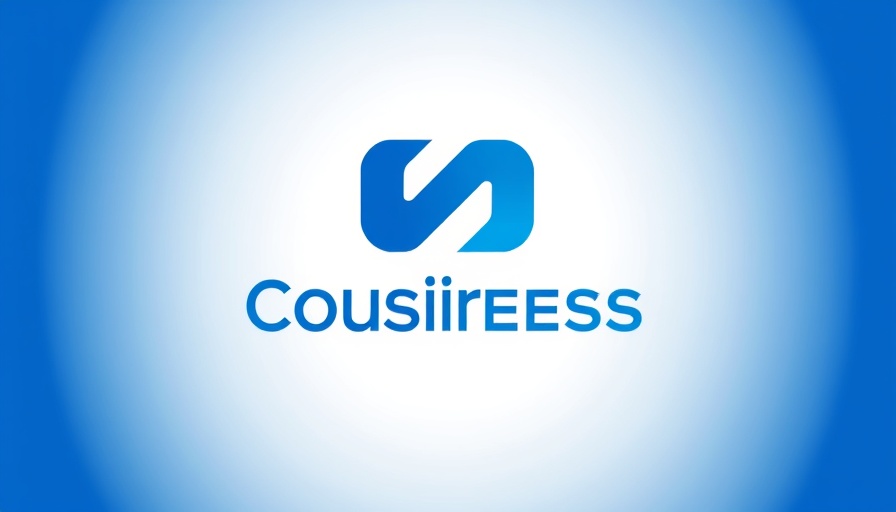
Intuit Expands HCM Solutions with GoCo Acquisition
In a strategic move to enhance its Human Capital Management (HCM) offerings, Intuit has announced its agreement to acquire GoCo, a modern provider of HR and benefits solutions aimed at small to mid-market enterprises. This bold step speaks to the evolving needs of businesses striving for efficiency and a unified approach to employee management.
The Integration of AI-Powered HR Tools
GoCo, founded in 2015, will infuse its innovative AI tools into Intuit’s existing suite of services, which include TurboTax, Credit Karma, QuickBooks, and Mailchimp. The intention is clear: to empower businesses by providing comprehensive tools for managing finances and the entire employee lifecycle all in one platform. This integration offers functionalities such as hiring, onboarding, benefits administration, and workforce management that can significantly streamline HR processes for companies.
Enhancing the Employee Lifecycle Management
With GoCo’s capabilities being incorporated into QuickBooks Payroll, which already serves 18 million workers, Intuit aims to help businesses manage their teams effectively. As Olivier Bartholot from Intuit noted, “As businesses scale, they need to find, onboard, and retain the right talent.” This acquisition not only provides a comprehensive HCM solution but also enhances productivity, allowing teams to focus on core business functions rather than getting bogged down by HR tasks.
Future Trends in HR Technology
This acquisition reflects a broader trend in the integration of financial management and HR solutions, particularly for mid-market businesses. By merging these functionalities, Intuit sets a precedent for how employee management may evolve, targeting efficiency and productivity in a fast-paced business environment.
The Wealth of Opportunities
For GoCo, joining forces with Intuit aligns with its mission to ease HR complexities in the growth of small and mid-sized businesses. As CEO Nir Leibovich stated, their goal has always been to help businesses “spend less time on HR tasks” to foster happier, more productive teams.
The acquisition marks a significant evolution in the service offerings by Intuit, positioning it as a comprehensive platform for businesses looking to integrate financial and workforce management. With the deal expected to close by the fourth quarter of fiscal year 2025, many businesses are eager to see how this merger will reshape the landscape of HCM solutions.



Write A Comment